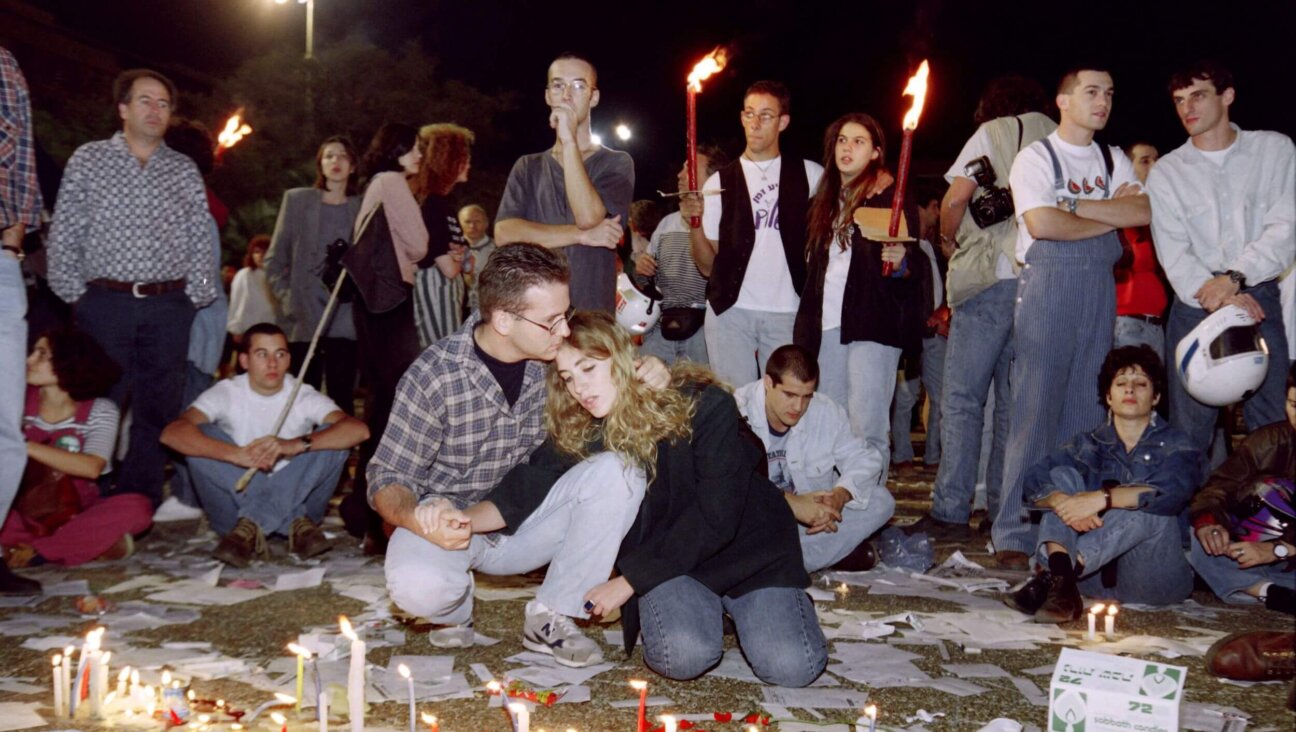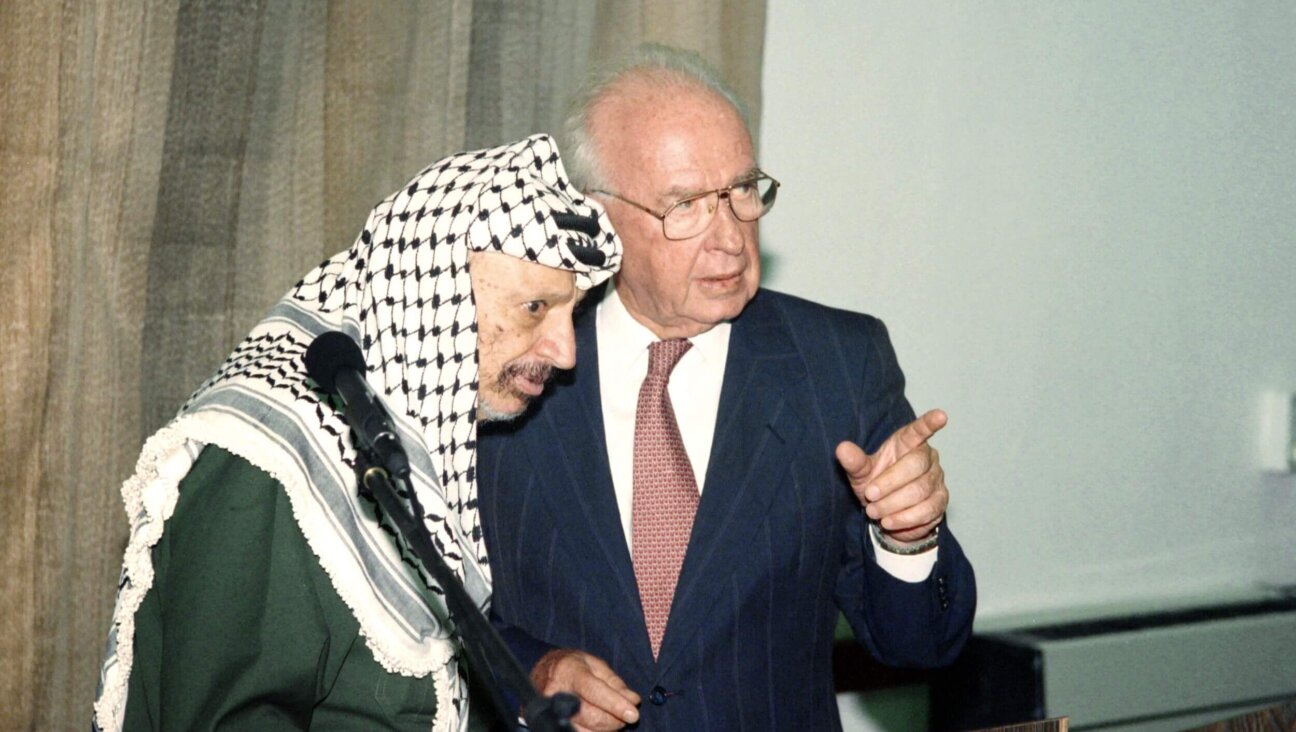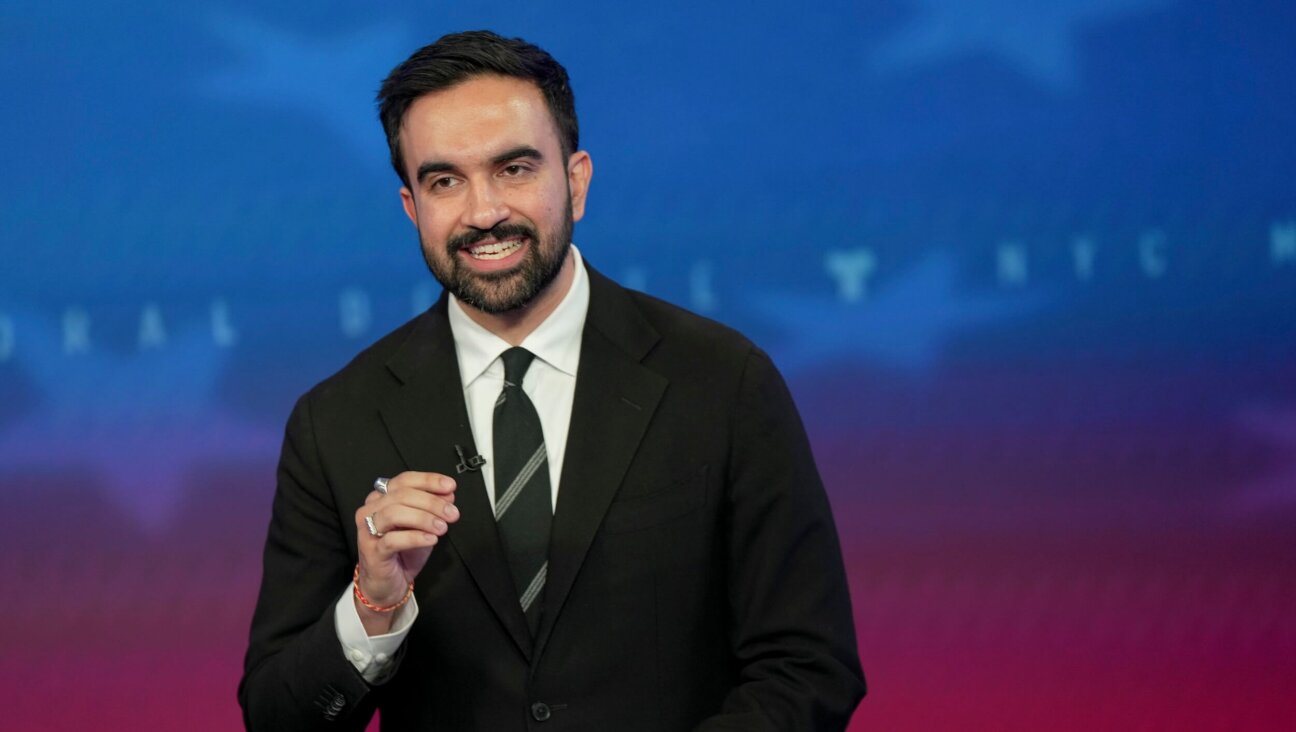No Run-of-the-Mill Islamists

Two H?s: Pro-Hezbollah Lebanese demonstrators protest Israel?s attack on Gaza during the recent conflict. Image by getty images
Hezbollah and Hamas have been capturing the world’s headlines for nearly 30 years. These two notorious organizations share more than just an enemy in Israel and an ally in Iran. Hezbollah has also served as a model for Hamas, with similar political structures, terrorist and military tactics, propaganda apparatuses and social welfare systems. Cooperation between the two organizations burgeoned in 1992, when Israel expelled more than 400 Palestinians to the southern Lebanese border, where they met with and learned from Hezbollah operatives. After intense international pressure, Israel eventually allowed those Palestinians to return to their homes. And when they did, they brought with them new lines of communication, further training, and a deadly new tactic: the suicide bomb.
Since that time, both Hezbollah and Hamas have matured greatly. To call them just “terrorist organizations” does not do them or their victims justice; these are not your run-of-the-mill Islamist terrorists. Today the groups are major political players in Lebanon and Gaza, respectively. With help from Iran, Hezbollah in particular has influence and power projection in many regions around the world. Both organizations cunningly use their political, military and religious might to remain in control and to combat their domestic opponents.
The recent flare up of violence between Israel and Hamas during Operation Pillar of Defense exemplified both sides’ capabilities and limitations. Yet in many ways, Operation Pillar of Defense was really a smaller, practice run for a future war Israel might have to fight with Hezbollah and Iran. In its most recent mini-war with Hamas, Israel successfully prevented most projectiles from hitting their intended targets. This was possible because although Hamas possessed an arsenal of some 10,000 rockets and missiles, only a handful of them, like the Fajr and Grad, had extended range.
Hezbollah, on the other hand, is a different story altogether. It claims to have more than 100,000 rockets and missiles, including long-range scuds with large warheads, and sophisticated anti-aircraft and anti-ship missiles. It has some of the best-equipped fighters and is a recognized innovator in the deployment of improvised explosive devices. And as long as Syria remains in Bashar al-Assad’s control, it also has a secure and steady supply line for additional weapons to be transferred to it from Iran.
In the event of a future conflict between Hezbollah and Israel, it will be much more difficult for the Israeli Air Force to pre-emptively destroy most of Hezbollah’s long-range missiles and rockets. They are widely scattered and deeply embedded in and around civilian population centers that include schools, nongovernmental organizations, hospitals and mosques. When the next round of fighting between Hezbollah and Israel takes place, it will affect significantly larger portions of both sides’ populations than seen previously. All sides know this, which is one major deterrent preventing hostilities from breaking out thus far.
Hezbollah and Hamas rose from very different beginnings, and those initial influences are showing themselves once again. Hezbollah is a Lebanese Shi’ite Islamist organization founded in large part by Iran. Hamas on the other hand is a Palestinian Sunni Islamist organization that has its roots in the Muslim Brotherhood. While the group has enjoyed support from Iran in recent years, that support is waning.
This is in part due to Hamas’s departure from Syria, which was seen as a slap in the face to the Assad regime and to his Iranian allies. But it is also due to the resurgence of Sunni Islamist powers, such as Turkey, Saudi Arabia, Qatar and of course Egypt. Many of these Sunni powers have a hatred for Iran that stems back further than the existence of Islam itself, as Turks, Arabs and Persians have been fighting and dominating each other along ethnic lines for millennia. And so while the two groups will continue to share interests in the short term, the likelihood of further distancing between Hezbollah and Hamas, and between Iran and Hamas, in the medium and long terms is high.
These are tenuous times in the Middle East. There is ample reason to be concerned for Israel’s well-being and for America’s national security interests in the region. Both Israel and the United States would be wise to expose the emerging differences between Hezbollah and Hamas. While these two Islamist groups continue to see the Muslim world as under siege by Western imperialism and Zionist influences, their efforts to maintain a united front are showing signs of wear.
Joshua Gleis is a co-author of “Hezbollah and Hamas: A Comparative Study” (Johns Hopkins University Press) and author of “Withdrawing Under Fire: Lessons Learned from Islamist Insurgencies” (Potomac Books, 2011). Follow him on Twitter @Joshua_Gleis

















